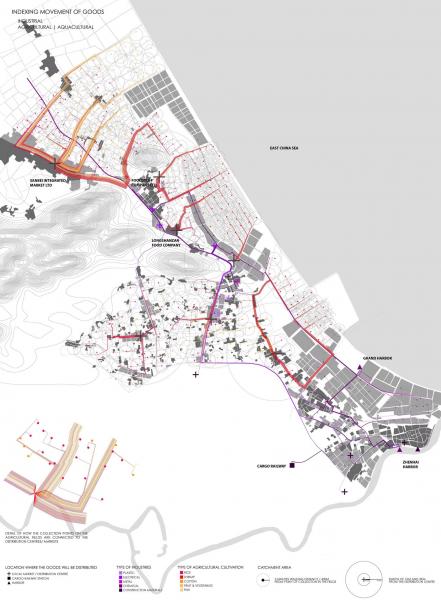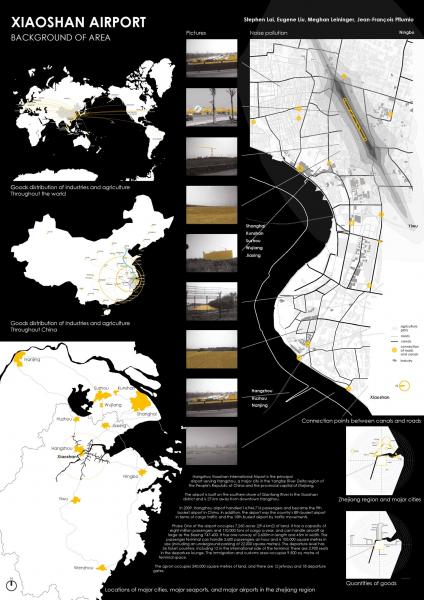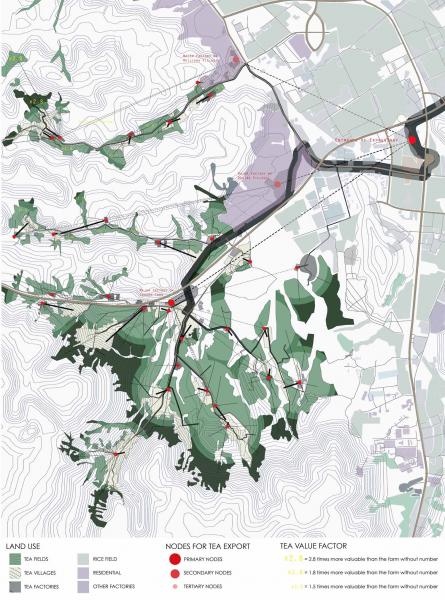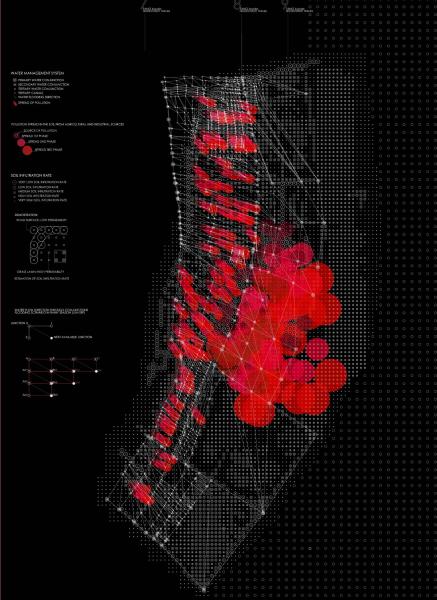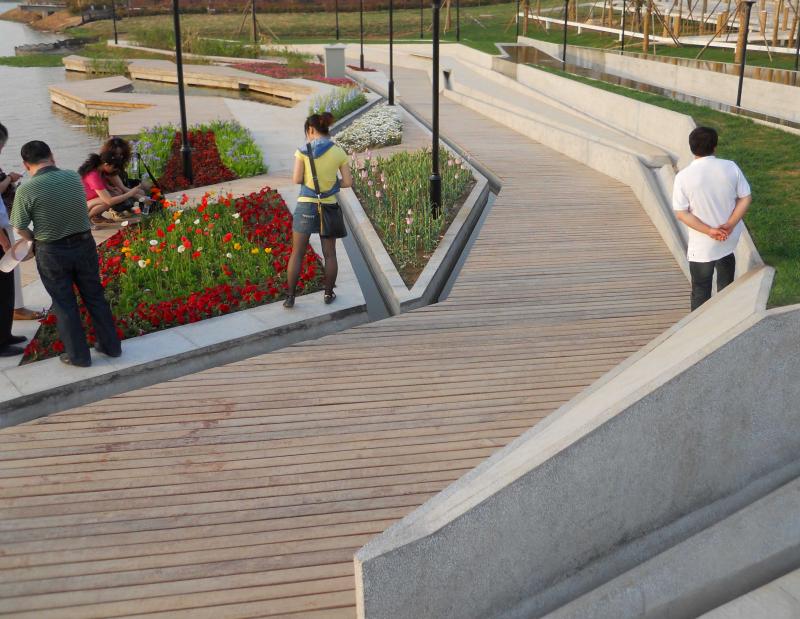Landscape Urbanism sets out to develop new modes of practice engaging with contemporary conditions that continuously reconfigure the city. The programme methodology is multidisciplinary by definition. To move forward the legacy of landscape design we must consider the complexity of contemporary urban dynamics by integrating knowledge and techniques from such disciplines as environmental engineering, urban planning, landscape ecology and architecture. The programme operates by synthesising the dynamic and temporal forces that shape contemporary urban landscape with the generative and organisational potentials of materials developed through abstract organisational systems.
This year the course focused on China’s ambitions to build 400 new cities by the year 2020. We engaged opportunistically with the generation of ‘proto-strategies’ for new large-scale agglomerations as a means of critically addressing the phenomenon of mass-produced urban sprawl. Our test-bed was the urban agglomerations of the Yangtze River Delta – including Shanghai, Nanjing, Hangzhou, Suzhou, and Ningbo – with students focusing on the emergence of three benchmark issues:
1. Metabolic rurbanism: the emergence of ‘desakota’ (urban villages) in which urban and rural processes of land use are combined, and the potentials this presents for the origin of industrial ecologies.
2. Tactical resistance: where generic, top-down masterplanning collides with informally developed urban cores, there may be the potential to locate the fault lines of this dynamic as a space from which a tactical urbanism emerges that is qualitatively informed and territorially specific.
3. Material identities: the inadequacy of providing new urban settlements with the an instant ‘identity’ through theapplication of either vernacular or western styles of building, in the context of ‘post-traditional’ urbanisation.

